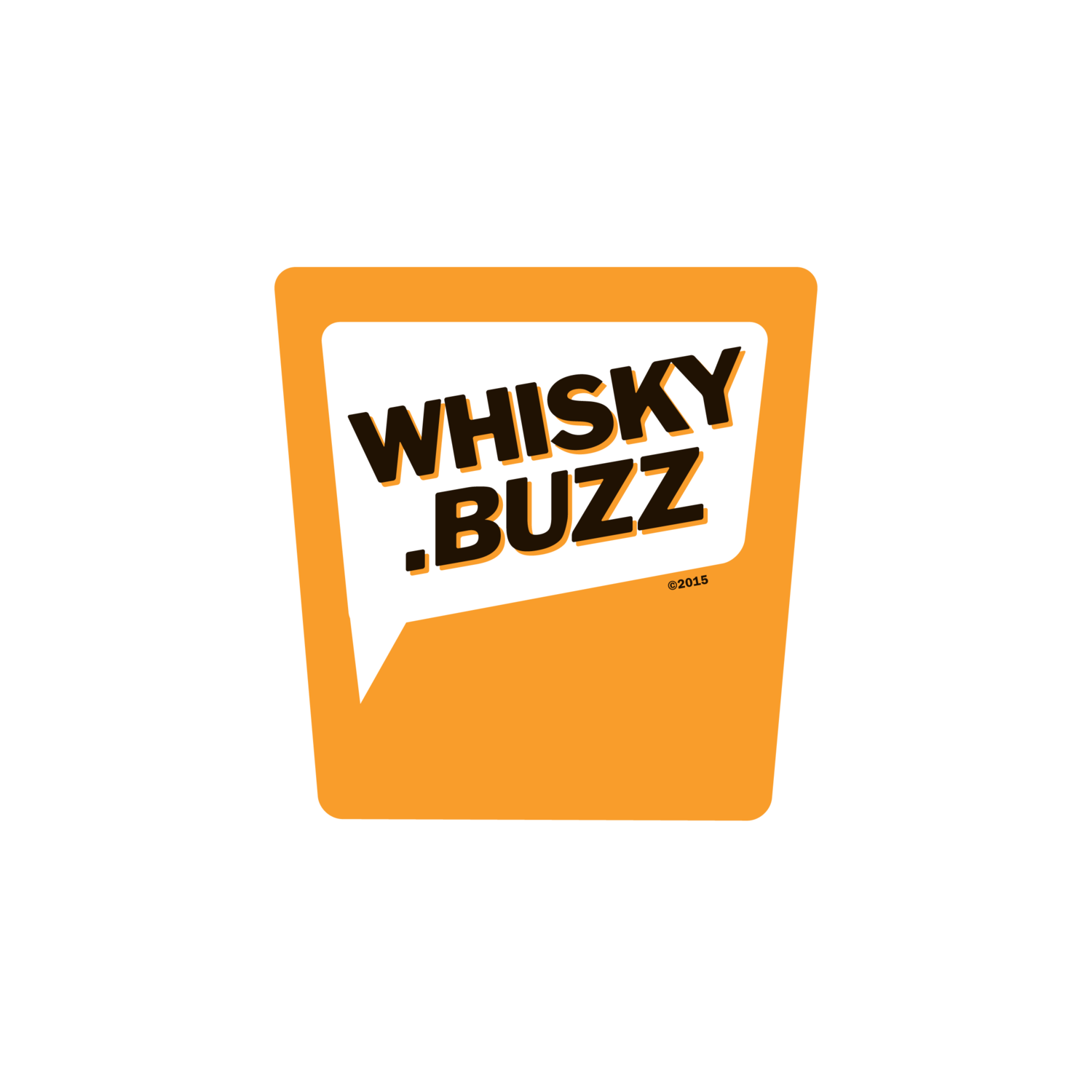What's the Difference Between "Barely Legal" Rye and Straight Rye?
/American whisky is the most regulated and classified whisky region in the world. It all started in 1897 when the US Goverment passed the first consumer protection act, the Bottled-in-Bond act. It guaranteed certain standards for the production of American whisky during a time where production quality was low. Laws were updated decades after prohibition to include definitions for bourbon, rye, and wheated whiskies. No other country defines these many sub-categories of whisky.
One component of defining the categories of whisky (bourbon, rye, wheat) is the recipe used to make the whisky. To be classified as a bourbon, the mash bill (recipe) needed to consist of at least 51% corn. The remainder of the mash bill could be any other cereal. Most bourbons contain plenty of bourbon, some rye (8-12%), and some malted barley (8-12%).
Rye is considered the flavor grain. Even in bourbons with small percentages of rye, it can provide a big part of the flavor profile. High-rye bourbons like Four Roses Bourbon, Wild Turkey Bourbon, and Bulleit Bourbon contain around 30% of rye in the mash bill. Interestingly enough, some distilleries are quite open about their starting ingredients and others are not, so there's often some speculation as to what the mash bill actually is.
American Straight Rye is the opposite of a bourbon—it must contain at least 51% rye grain. Rye fell out-of-favor from the 60s to the 80s. The surviving American ryes contained the bare minimum of rye in the mash bill. That meant that many historic ryes have about 51% rye, with around 40% corn and the rest being malted barley.
"Barely legal" ryes, then, refers to ryes that have the minimum rye level. Many of the popular brands from decades ago are considered barely legal ryes. Those included on the list are Rittenhouse Rye, Pikesville Rye, Jim Beam ryes, and many (but not all) of the Buffalo Trace ryes.
In contrast, most high-ryes contain 95% rye and 5% malted barley. This is one of the recipes used by MGP Distillers of Indiana. Their 95% rye and 5% malted barley recipe is used by Bulleit for their green-labeled rye product, and by many of the small producers like High West, Smooth Ambler, and Templeton Rye. Buffalo Trace produces their own rye with their Colonel E.H. Taylor Rye product. While they don't share the recipe, it's believed that it's also 95% rye and 5% malted barley.
There is no legal definition of barely legal rye. In terms of whisky enthusiasts, the term refers to ryes that are low on rye flavor. "True" ryes are likely to contain a mash bill of 90%+ of rye. This difference in rye content boosts the peppery spice flavors on the palate and perfume-like floral notes on the nose. Barely legal ryes are classified to adjust the expectation for rye flavor in the product.




